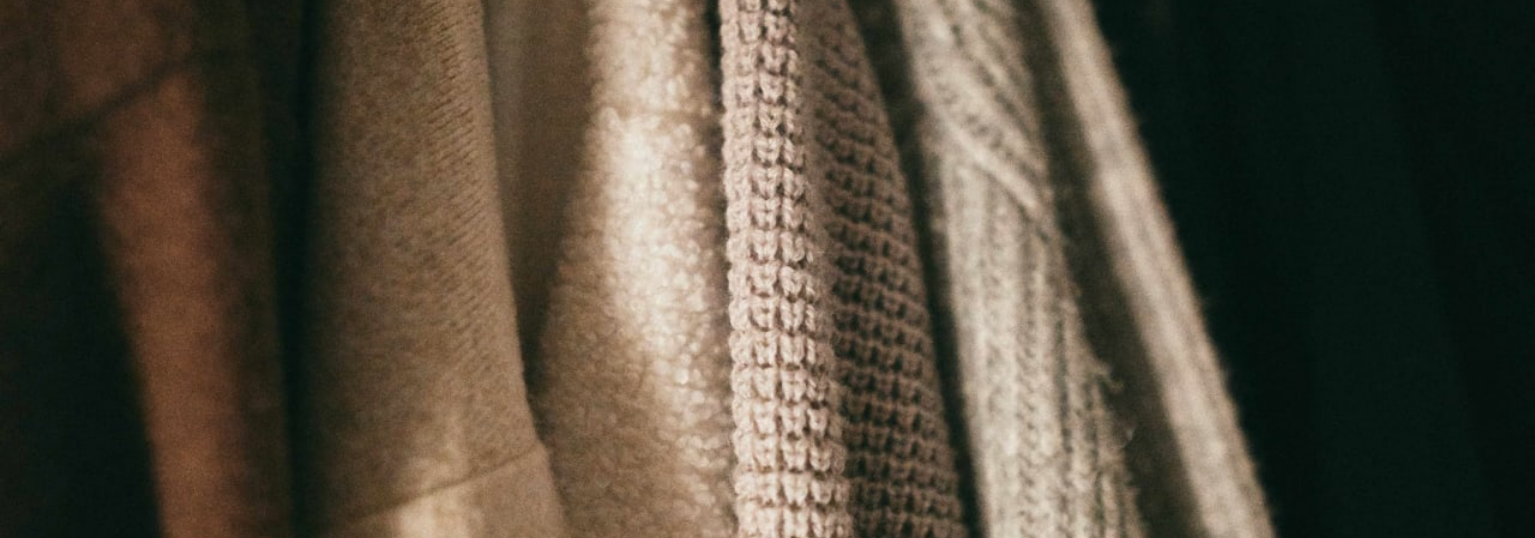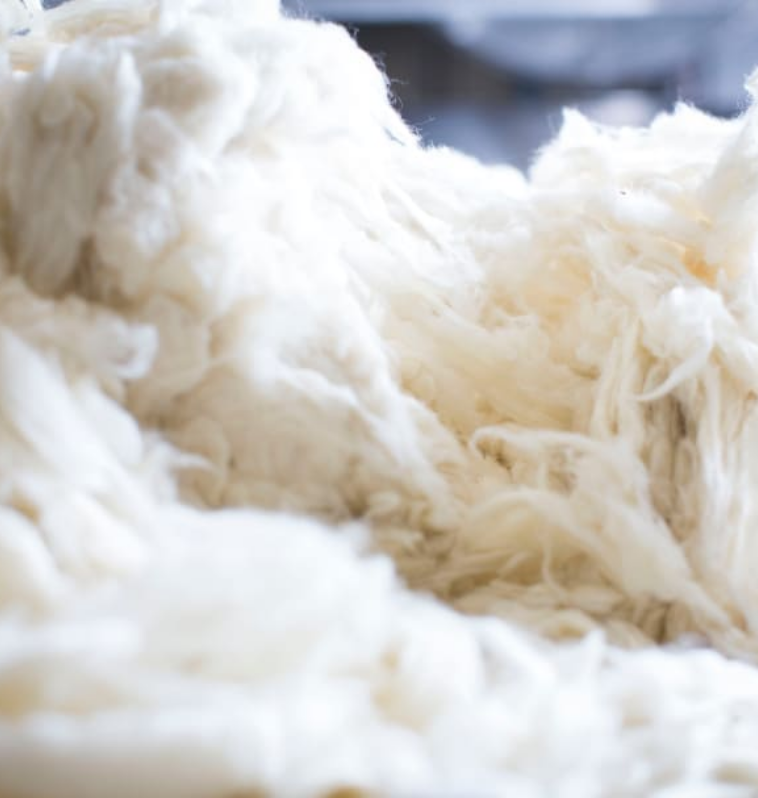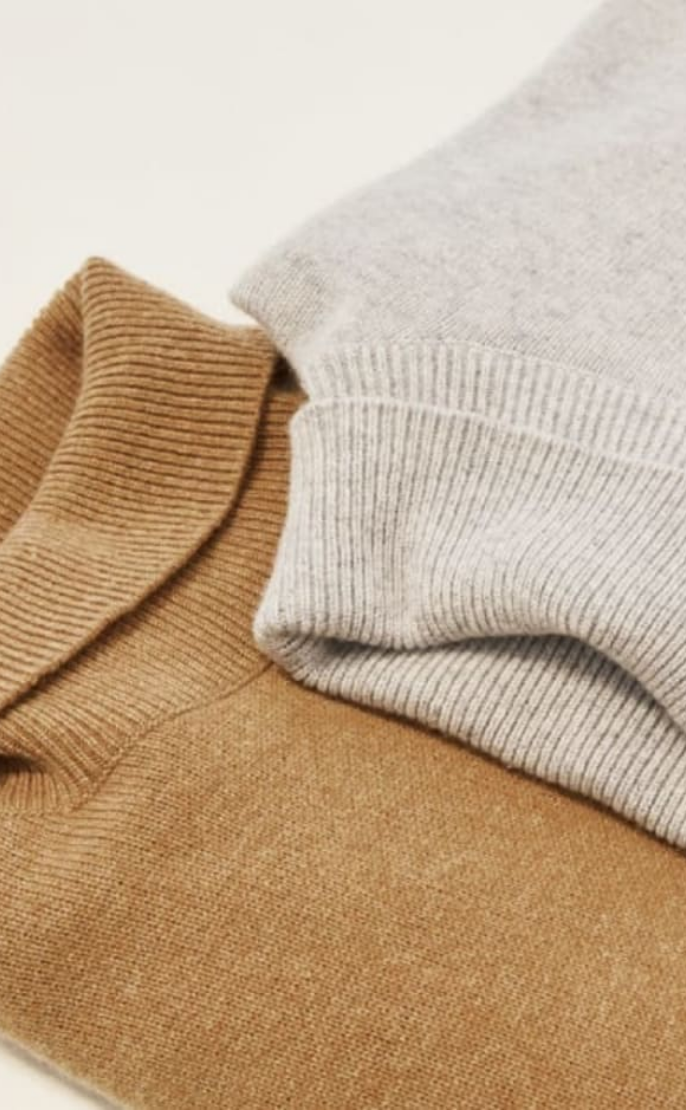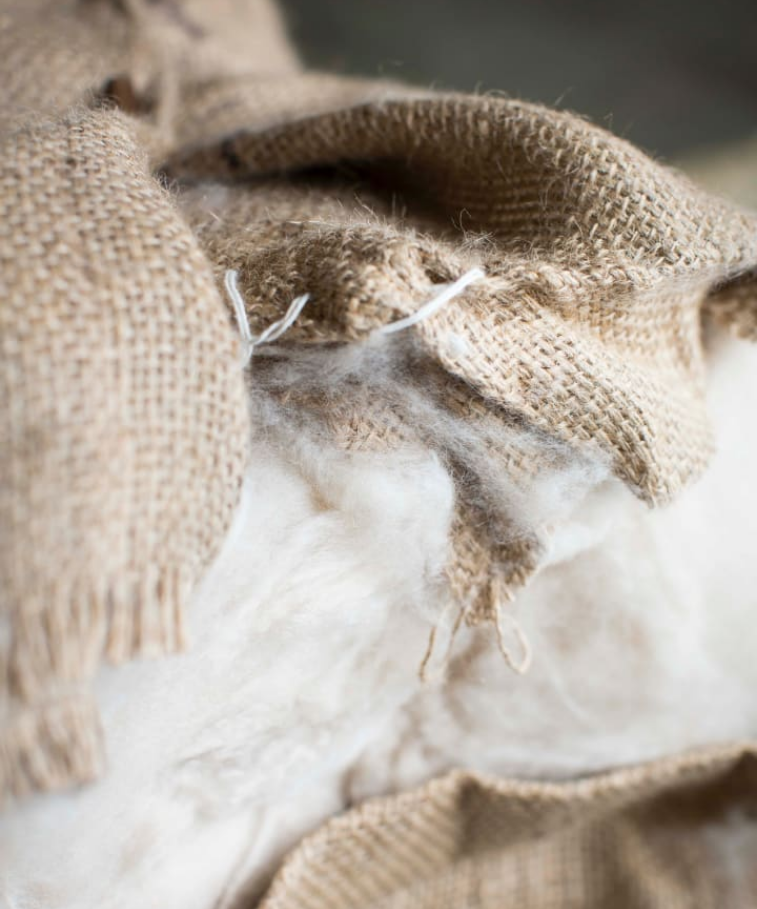Cashmere is one of the rarest and finest materials in the world. It is incredibly warm, super soft, can last for years - as long as it is cared for properly - and it lies at the heart of Chinti & Parker’s collections. But, what exactly is it? And, with the spotlight on fashion more than ever, how can brands ensure the cashmere they use is both ethical and sustainable?
LET'S TALK ABOUT ETHICAL CASHMERE




Is cashmere ethical and sustainable?
Cashmere is a rare material, and it can take between four and eight goats to make a single cashmere sweater. Because of this, cashmere was deemed an expensive luxury, something that was cared for and passed on in the family.
The negative effects of fast fashion on the environment are well-documented, as are the ethical implications. And unfortunately, the impact of fast fashion has started to spread into the cashmere industry, where it’s not uncommon to find cashmere products such as scarves and gloves at lower prices than they should be.
There are a number of factors that contribute to cashmere being deemed ethical. This includes the goats being well cared for, wool harvested at the correct time of year, demand for cashmere kept low enough as to reduce the environmental impact from farming, and workers paid fairly and given good working conditions. If these are all met to a high standard, there is no reason why cashmere cannot be an ethical material










